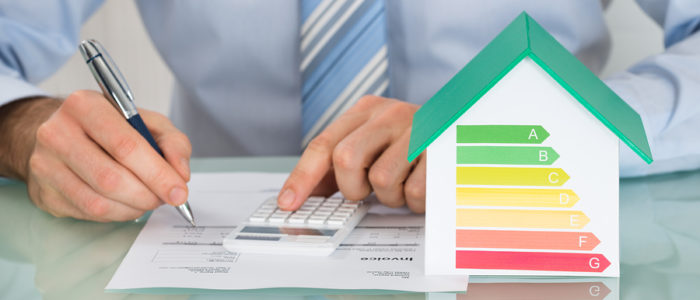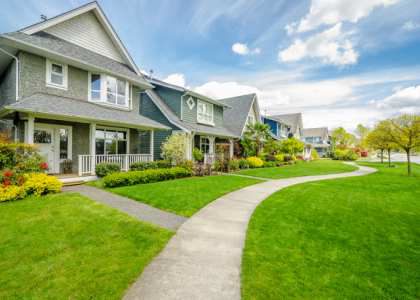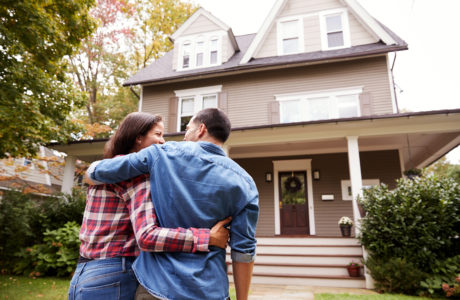A lot of people said it could someday happen, but perhaps only a few of us thought it actually would. More homes may soon be energy-free, according to a recent article from REALTOR magazine. Homes and commercial buildings consume 40 percent of all energy used in the U.S., but the growth of net-zero homes could drastically curtail that. The Zero Energy Ready Homes (which make their own energy) are becoming more of a reality.
It was reported that in 2017, 8,547 units of net-zero housing or zero-already housing had been built in the U.S., with 38,863 under construction. That growth is expected to get a big boost when California’s new law takes effect in 2020, which will require all new homes to be net-zero, while commercial buildings will have a deadline of 2030. The European Union must meet that same goal by 2020 for all new buildings in Europe.
New technologies have significantly reduced in price over the past decade, which has helped to make net-zero homes more possible, according to the article.
“Costs are changing quickly,” Alisa Petersen, a senior associate at Rocky Mountain Institute, an energy, and environmental think tank, told The Wall Street Journal. “You don’t have to throw every efficiency measures at a home to make it net-zero.”
Net-zero homes aren’t like other homes. They are sealed tightly against drafts and are well-insulated to prevent heat leaks through the walls, windows, and doors. An energy recovery system helps prevent stale air, humidity, and mold issues. Solar panels play a big role in net-zero homes, which tend to be quieter and freer of pollution than conventional structures.
While net-zero homes cost more up front to build, they can save homeowners money on their energy bills to help recoup that initial investment. Eventually, that savings adds up and the home can pay for itself, no matter where you live, a new study shows.
Net-zero energy homes usually are outfitted with rooftop solar panels, energy-efficient insulation, triple-pane windows, energy-savvy appliances, LED lighting, and smart thermostats. Builders will take the home’s design and natural lighting into account too, such as the position of windows and overhangs that could supply additional solar heating in the winter or shade in the summer months.
Research nonprofit Rocky Mountain Institute looked at how long it takes for the savings on a net-zero home to cover the initial costs of a 2,200-square-foot home in the 30 largest U.S. cities. Because the costs of building net-zero homes can vary widely geographically. The biggest savings tend to be in locales with high electricity rates and older building codes. For example, it only takes 7.8 years to pay it off in San Francisco, while in New York it takes 10.1 years and in Phoenix about 10.7 years, Los Angeles takes 11 years, and Dallas and Seattle are close to the same, with 12.4 and 12.5 years respectively.
What do you think of this trend? Could you live in an energy-free home?






Comments are closed.